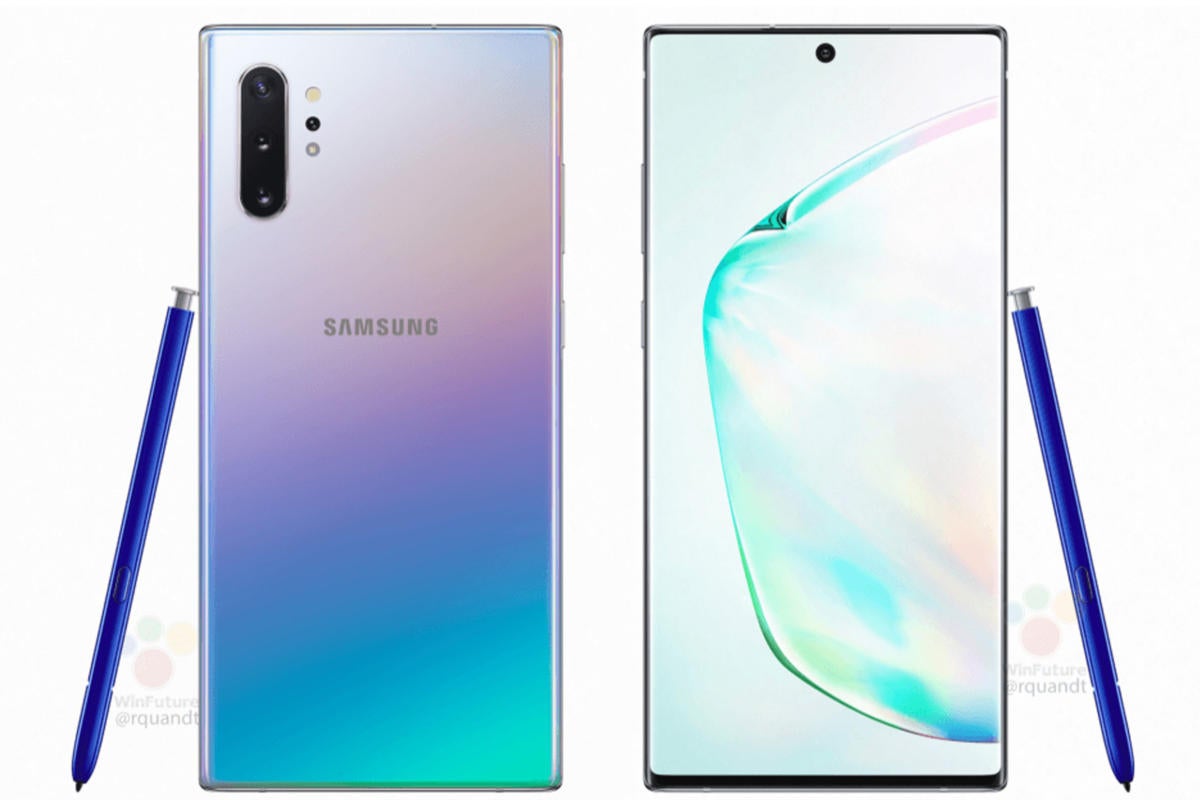Cell phone track on Galaxy Note 10
Contents:
New Android phone? Change these 5 settings right away
The brighter your screen, the more battery power it requires. Pull down the shortcut menu from the top of the screen and adjust the slider. Some phones also have a toggle for auto brightness in the shortcut panel; otherwise, you'll need to open the settings app and search for "brightness" to find the setting and turn it off. Use Adaptive Battery and Battery Optimization. Google first introduced both of these features in Android 9.
Filter results
It's a little different for each phone. I recommend opening your settings and searching for Battery. Your results should get you to the right screen.
Another way to improve battery life while also helping save your eyes is to use Android's dedicated dark mode. We first saw signs of a true dark mode with the release of Android 9, but Google went all-in with the release of Android 10 in late According to Google, dark mode not only reduces the strain that smartphone displays cause on our eyes , but it also improves battery life because it takes less power to display dark backgrounds on OLED displays used in most flagship phones than a white background.
Depending on which version of Android your phone is running, and what company made your phone, you may have to dig around the settings app to find a dark mode. If your phone runs Android 10, you'll be able to turn on systemwide dark mode. If it runs Android 9, don't despair.
Samsung Galaxy Note10 | Bluegrass Cellular - Bluegrass Cellular
Plenty of apps have their own dark-mode option in the settings that you can use whether or not you have Android I suggest using dark mode all the time, but if you're not sure, you can always set dark mode to automatically turn on based on a schedule, say from 7 p. Planning to hit up the Google Play Store for a bunch of new Android apps?
Be prepared for a lot of icon clutter on your home screen, which is where shortcuts land every time you install something. Thankfully, there's a simple way out of this: Long-press on an empty area of your home screen and tap Home settings.
New Android phone? Change these 5 settings right away
Find the option labeled something along the lines of "Add icon to Home Screen" and turn it off. If you find yourself in an unfortunate situation wherein your Galaxy S10 is lost or stolen, there are a number of ways to find it. Below are the methods that you can use to track your device. In order for it to work, you must have registered your device in Find My Mobile website or service first..
Below are the necessary things that must be met in order for you to use it:.

Once you click on Erase data, your device will factory reset itself, deleting all personal data and returning its software to defaults. The GPS location provided by this service is accurate to within 5 meters. However, if everything is set, you can proceed to unlocking the device by doing the following:. Just pick your actions, and start swinging your S Pen around. The Galaxy Note 10 has an ultrasonic in-display fingerprint sensor like the Galaxy S Change the setting to Floating button and decide which apps you want accessible while unlocking.
You can unlock the phone with your fingerprint, and the app icons float above your finger without even letting go.
Both features are inside Air Command—just click the pen button to get started. Screen Write captures a full screenshot, and then immediately loads it in an image editor where you can mark it up, jot down notes, and so on. You can select just part of the screen to save as an image with square, circle, and free-form tools.
What’s good about the Note 10+
You have both double-press and long-press options. Double-press defaults to opening the camera, but you can have it launch any app. Long-press calls up the power menu, but you can switch that to Bixby. Simply remove the S Pen while the phone is asleep, and you can create a note with Screen-off Memo.
Thanks again. Highlight your subject with precision controls for background and blur effects. Importantly, you can choose to delete the app icon or keep it on the homescreen. Turn the option on, and then tap it. Get our newsletter Subscribe. Samsung Galaxy S10 5G.
The interface is sparse by design. All you have is a few color options, line thickness, and an eraser.